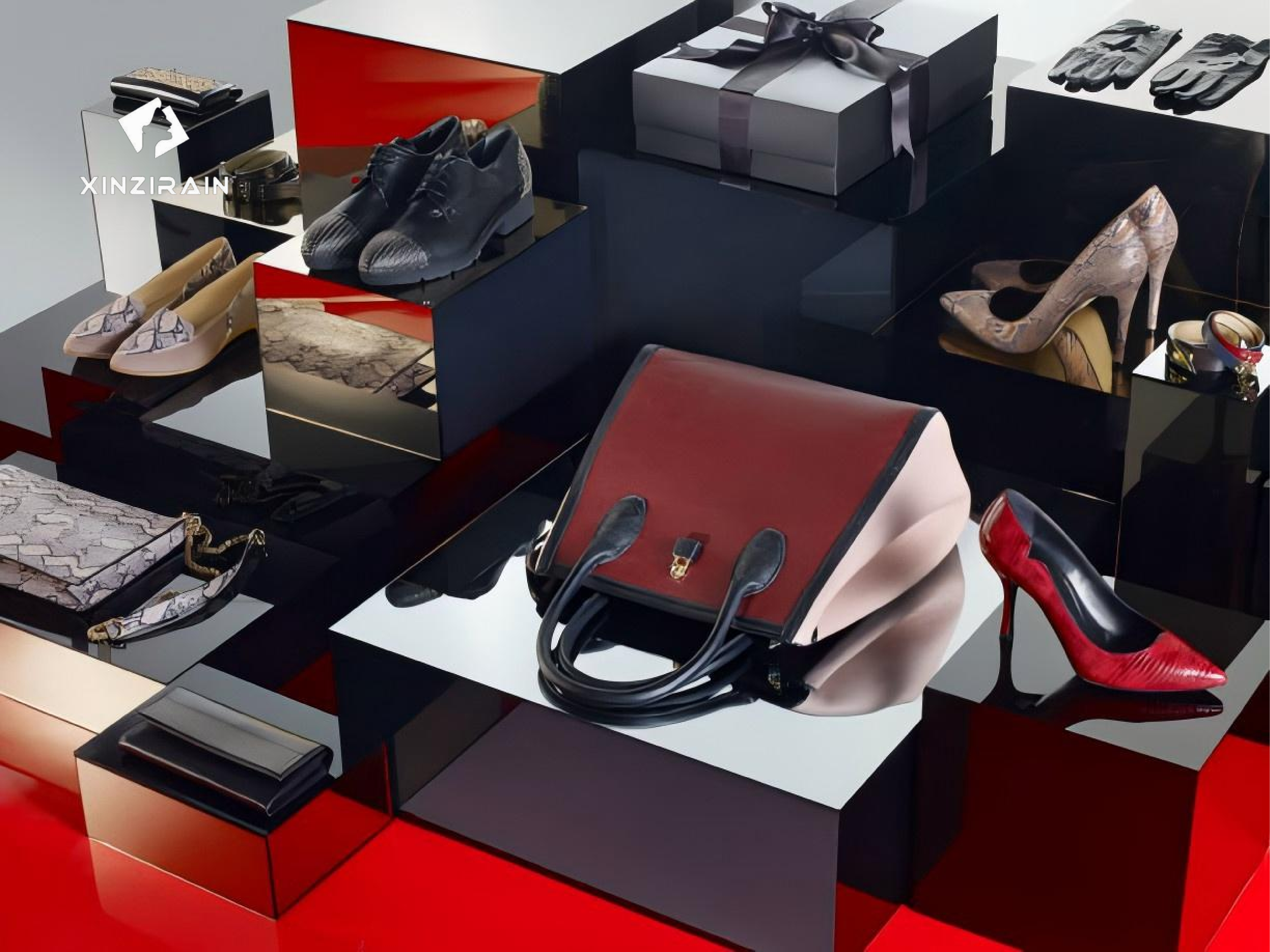
Ukuqala ishishini lokwenza ingxowa kufuna umdibaniso wesicwangciso sobuchule, uyilo loyilo, kunye nokuqonda kweshishini ukuseka ngempumelelo kunye nokulinganisa kwihlabathi lefashoni. Nali inyathelo ngenyathelo isikhokelo esilungiselelwe ukuseka ishishini leengxowa elinengeniso:
1. Chonga iNiche yakho kunye nabaphulaphuli
Okokuqala, misela isitayile kunye nokuthengisa i-niche yeengxowa ofuna ukuvelisa. Ngaba ujonge iibhegi ze-tote ezizinzileyo, iibhegi zesikhumba eziphezulu, okanye iibhegi zeembaleki ezisetyenziselwa iinjongo ezininzi? Ukuqonda i-demographic ekujoliswe kuyo kunye neendlela zangoku, ezifana nemfunoizixhobo eco-friendlyokanye uyilo olulodwa, lunceda ukuchaza umtsalane wemveliso yakho kunye nesicwangciso samaxabiso

3. Umthombo weMathiriyeli neZixhobo zoMgangatho
Ukuhlangabezana nolindelo lwabathengi, fumana izixhobo ezikumgangatho ophezulu ezihambelana nebhrendi yakho, njengesikhumba esomeleleyo, imathiriyeli ye-vegan, okanye amalaphu asetyenzisiweyo. Izixhobo eziyimfuneko zibandakanya oomatshini bokuthunga bemizi-mveliso, abasiki berotary, kunye noomatshini abavalelekileyo. Ikhonkco lokubonelela elithembekileyo elinomgangatho ohambelanayo wezinto eziphathekayo liqinisekisa ukuba iingxowa zakho ziyahlangabezana nemigangatho yemarike kunye nokwakha ukuthembana phakathi kwabathengi
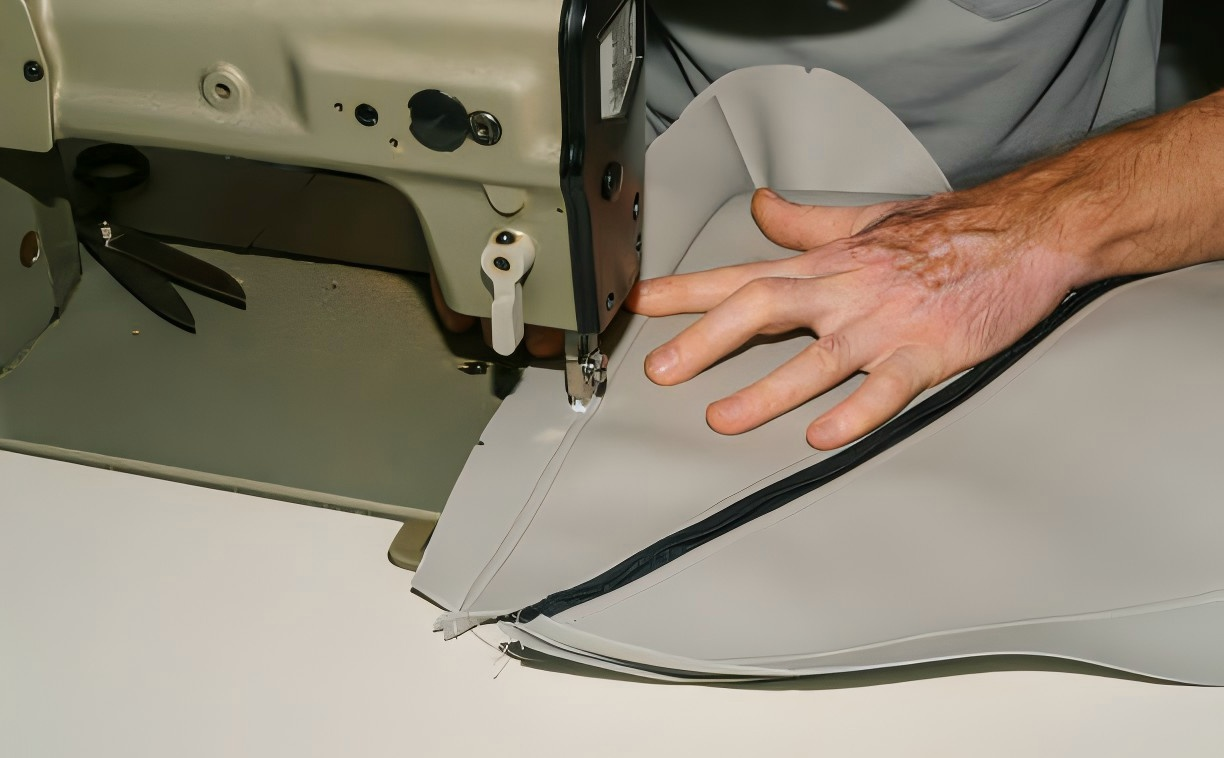
5. Cwangcisa imijelo yokuthengisa
Kumashishini amatsha, iiplatifomu ezifana ne-Etsy okanye i-Amazon zineendleko ezisebenzayo zokufikelela kubaphulaphuli behlabathi, ngelixa i-website ye-Shopify yesiko inikezela ngokulawula uphawu. Zama ngazo zombini iindlela ukufumanisa ukuba yeyiphi esebenza ngcono kwimarike ojolise kuyo kunye nohlahlo lwabiwo-mali. Ukubonelela ngezaphulelo okanye izibonelelo zentengiso kubathengi bokuqala kunokutsala isiseko sabathengi abathembekileyo
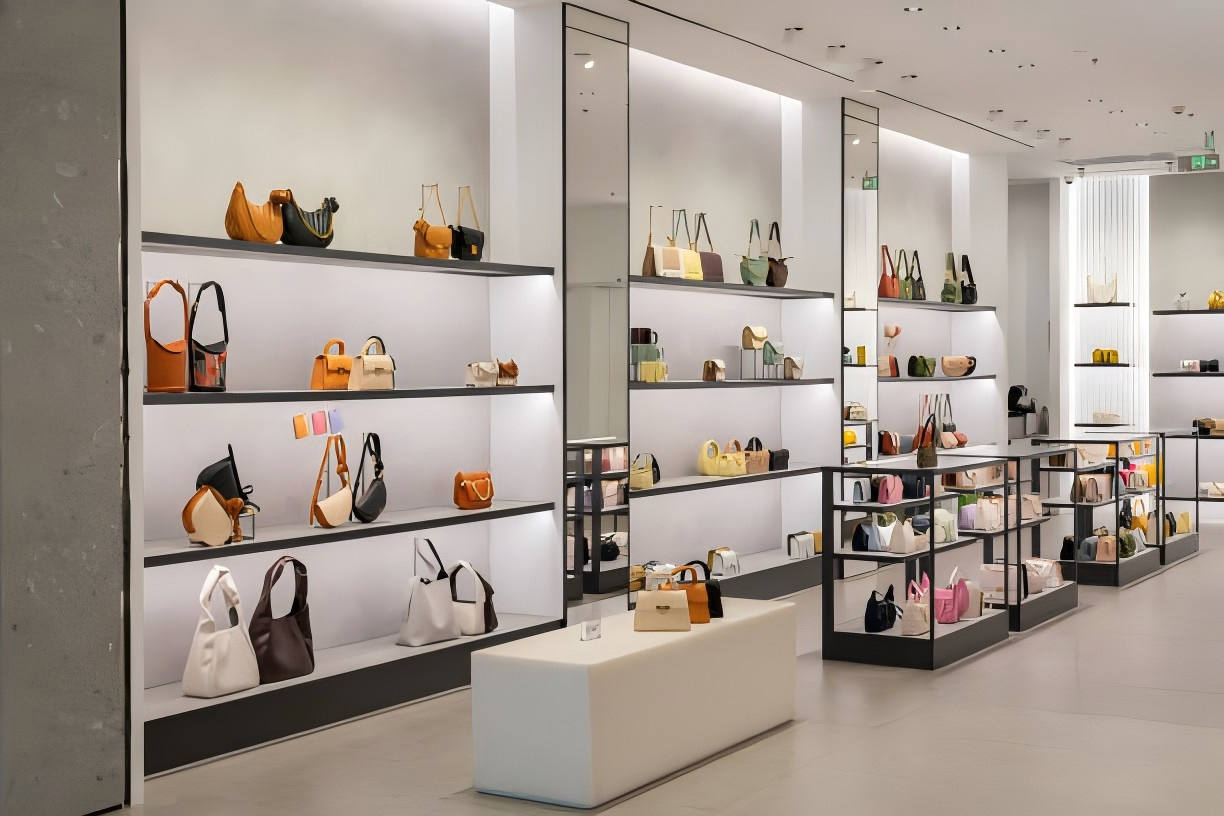
2. Phuhlisa iSicwangciso soShishino kunye neSazisi seBrand
Isicwangciso sakho seshishini kufuneka sichaze iinjongo, abaphulaphuli ekujoliswe kubo, iindleko zokuqalisa, kunye nemithombo yengeniso elindelekileyo. Ukwakha uphawu oludityanisiweyo lwesazisi-kubandakanya igama, uphawu, kunye nemishini-inceda ukwahlula iimveliso zakho kwintengiso. Ukudala ubukho obuqinileyo kwi-intanethi kumaqonga eendaba ezentlalo anje nge-Instagram kunye nePinterest kubalulekile ekuzibandakanyeni nabaphulaphuli bakho.
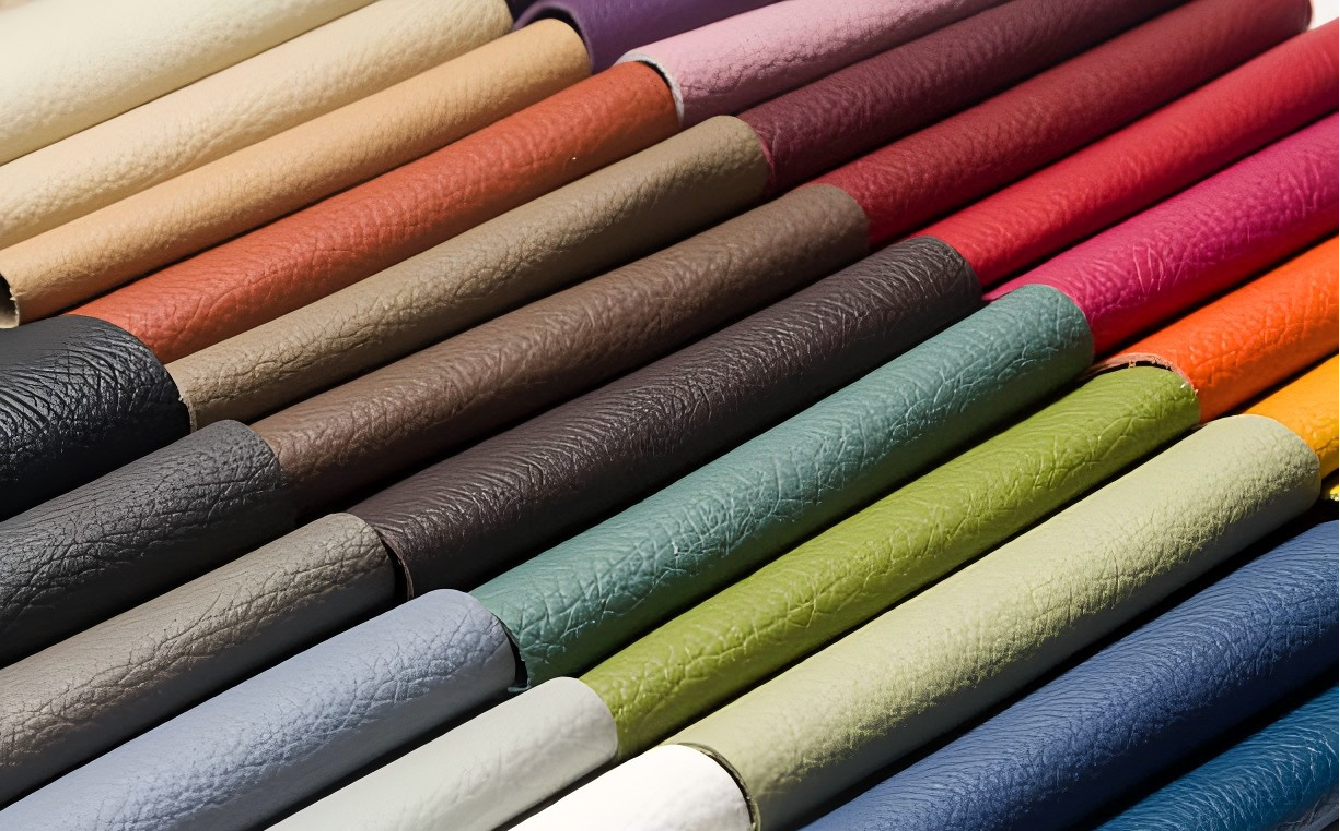
4. Iprototype kunye noVavanyo loyilo lwakho
Ukuphuhlisa iiprototypes kukuvumela ukuba uvavanye ukusebenza koyilo kwaye uqokelele ingxelo. Qala ngebhetshi encinci, kwaye ucinge ngokunikezela ngamaqhekeza ohlelo olulinganiselweyo ukuvavanya imfuno ngaphambi kokwenza imveliso eninzi. Uhlengahlengiso kuyilo kunye nezinto ezisekelwe kwingxelo yokuqala kunokuphucula kakhulu imveliso yokugqibela kunye nokwaneliseka kwabathengi
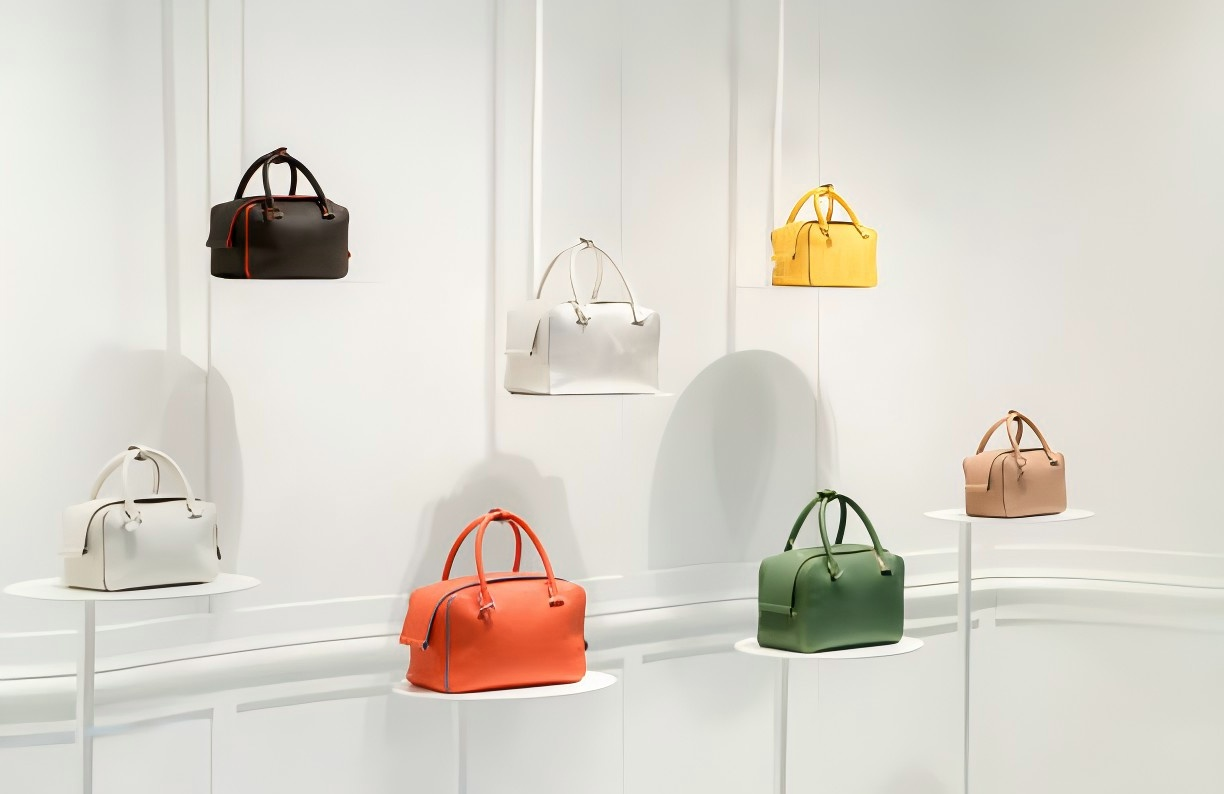
Jonga iNkonzo yethu yeSihlangu kunye neBag
Jonga iimeko zethu zeProjekthi yoLungiso
Dala iiMveliso zakho ezenzelwe wena ngoku
Ixesha lokuposa: Nov-08-2024